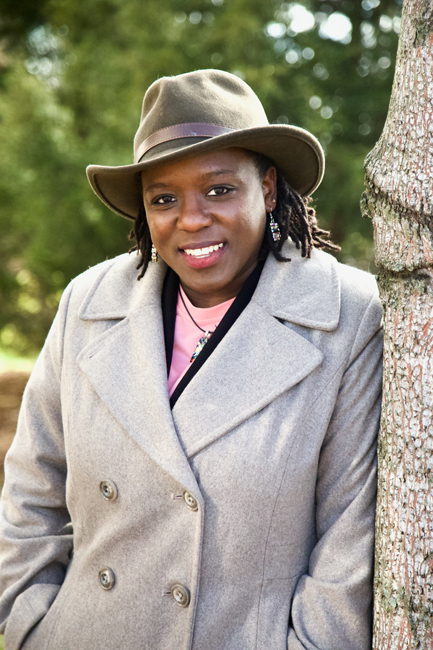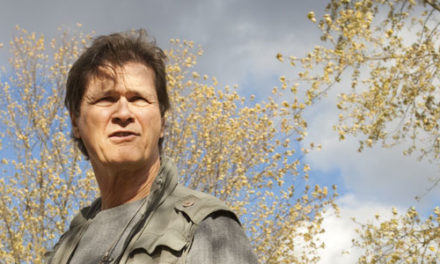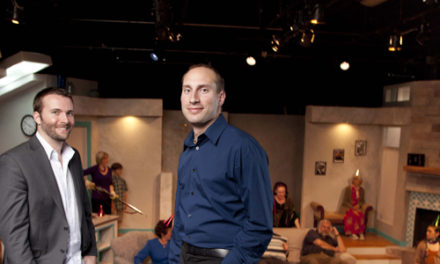
by TRACY ZOLLINGER TURNER
Ellyn Pruitt grew up with an affection and respect for cemeteries. She remembers that whenever her extended family in Gary, Indiana, was drawn together for a funeral, it also became a pilgrimage of sorts. “It was important to know where your family was buried,” she says. “We’d look for this tree and say, ‘Where are grandma and grandpa? How are their graves doing? Are they hidden? Where are our great-grandparents?’” Then the family would tend to the gravesites together.
Pruitt, 33, moved to Bloomington to attend Indiana University in 2006, where she now works as a systems administrator. When she was dating her future wife, Alexis, she joined her for a volunteer day with the Monroe County History Center’s Cemetery Committee. “I loved the grunt work … pulling bases out of the ground, leveling them, and leaving them in better shape. Then the families could come in and see that those memories—that person left behind—wasn’t forgotten,” says Pruitt.
Having recently completed a term on the history center’s board of trustees, she remains involved in the cemetery committee’s work. Inspired by the George “Rabbit” Shively project—a monument that was created in Rose Hill Cemetery in 2015 to memorialize the Negro League baseball player and 10 other African Americans who had been buried in unmarked graves—Pruitt and the committee continue to locate and record the grave sites of other Black residents of Bloomington. “We’re not done writing that story yet,” she says. “I still feel really passionate about this project, which needs more work and documentation.”
A column called Among Colored People that was regularly published in an early Bloomington newspaper called The Telephone (1855-1940), as well as the book Time to Speak: A Brief History of the Afro Americans of Bloomington, Indiana by Frances Gilliam, offered clues to other gravesite locations.
The phrase the committee likes to use about the process is that “you find history written in stone,” says Pruitt. More information can be gleaned according to “what was used to bury a person, what section of a cemetery they were buried in, the burying technique, or the type of gravestone that could be afforded for that person.”
Graves of Black community members were not confined to one section of Rose Hill Cemetery, and while there are more that are unmarked or in disrepair, others have a stone for every family member. The work has yet to unlock a broader understanding of the history of Black residents in Bloomington. “Collaboration and learning stories directly from the Black community” will be the next step, Pruitt says.
Pruitt was raised in a conservative Christian household and didn’t come out to her family until two weeks before she got married in 2015. She has forged a new path of faith since she arrived in Bloomington, even leaving the church altogether for a time. When she found a faith community she and her wife could attend together—First United Methodist Church—“I slowly found myself wanting to be in the life of the church the way I used to be,” she says.
Her current church’s philosophy of “doing no harm” resonates with her, a person who, as with her work in the cemetery, prefers to leave things better than they were when she found them.
“Everyone wants to be on the right side of the story,” she says. “I’m just trying to figure out how I want to show in the world and be really true to what I believe, to how I believe love should show up. I try to live into it every day—this idea of loving others the way I want to see myself loved and the way I feel others are to be loved.”










